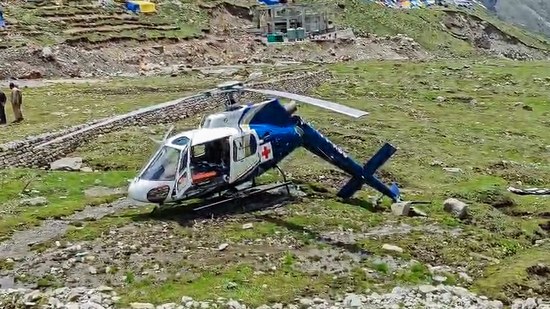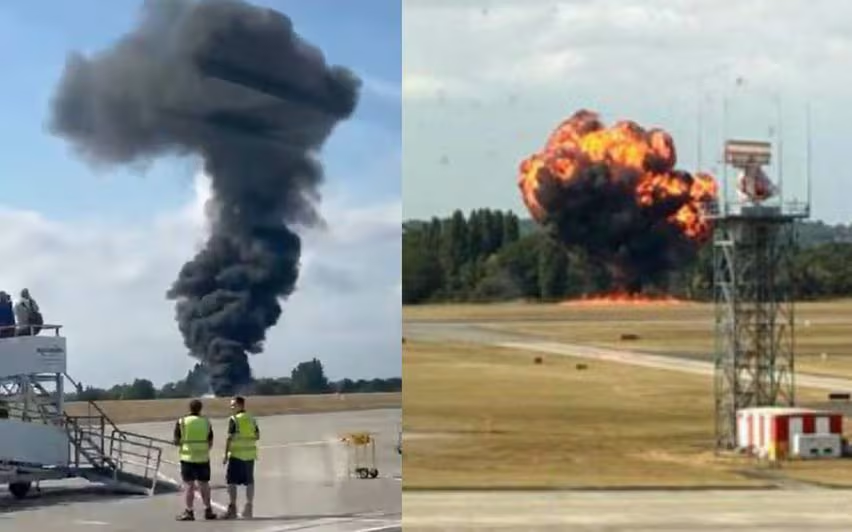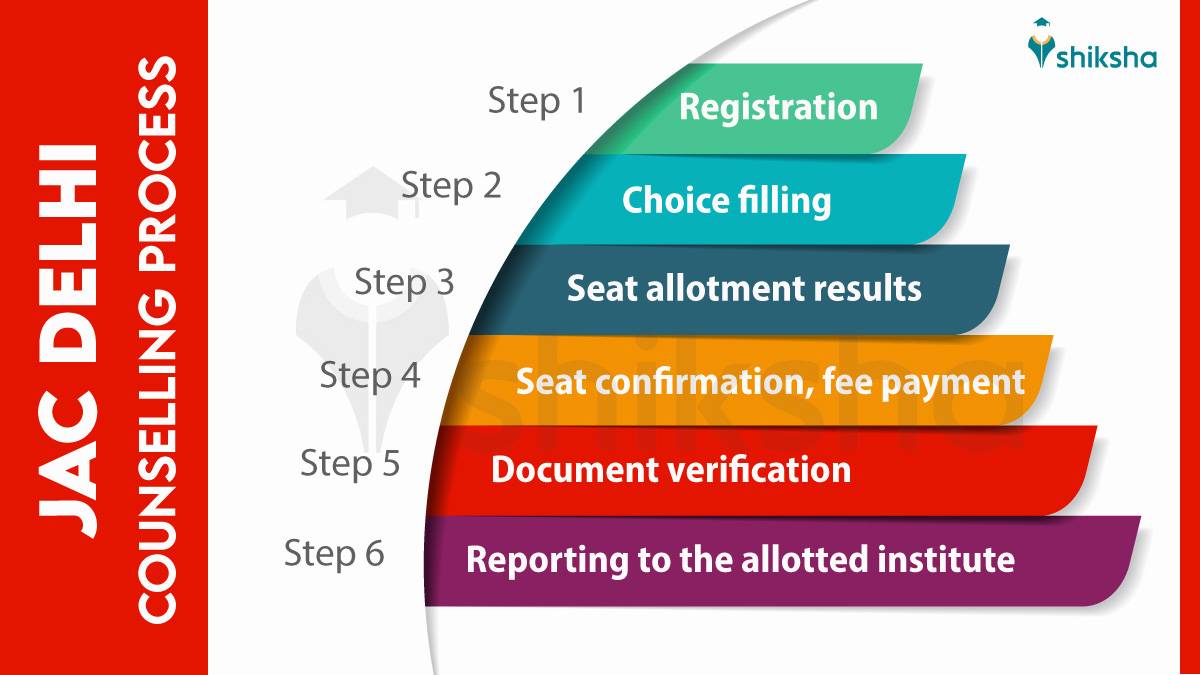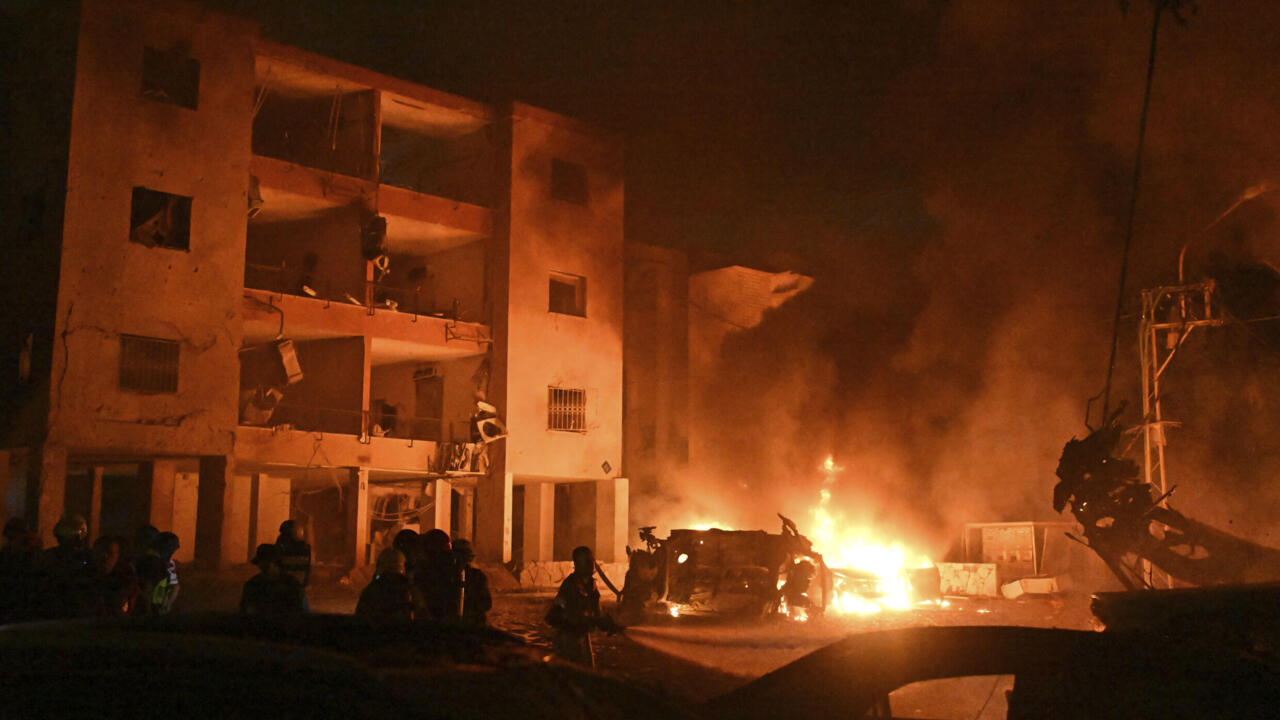Early on June 15, 2025, tragedy struck the Kedarnath–Guptkashi helicopter route. A Bell 407 chopper operated by Aryan Aviation took off from the Kedarnath helipad around 5:20 a.m., bound for Guptkashi. Moments later, it vanished from radar. The aircraft was later found crashed in dense forest near Gaurikund, high in the Himalayas. All seven people on board—including the pilot, five adults, and a child—lost their lives, many consumed by the fire triggered by the crash.
The victims represented a cross-section of Indian society: families from Maharashtra, Gujarat, Uttar Pradesh, and Uttarakhand. The pilot, Rajveer Singh Chauhan, was a decorated Army veteran, a skilled flyer, and a new father to twins. Among the deceased was a toddler from Maharashtra whose family had nearly delayed their journey—a bitter twist of fate that would haunt many.
Why Kedarnath helicopter crashes keep happening
According to initial reports, poor weather and thick early-morning fog were likely to blame. The “Kedar Ghati” region is infamous for unpredictable weather: visibility can collapse in minutes, and high-altitude winds combined with rugged terrain create a risky environment for aviation. Authorities suspect the helicopter flew into a heavy fog bank, disorienting the pilot and leading to a crash.
Unfortunately, this wasn’t an isolated incident. This was the fifth helicopter mishap in Uttarakhand within six weeks—following a fatal crash in Uttarkashi (May 8), a runway blade strike at Badrinath (May 12), and an emergency landing in the Kedarnath valley on June 7. The recurring pattern of Kedarnath helicopter crashes raises serious concerns about aviation safety and operational discipline in this challenging terrain.
Rescue efforts in hostile terrain
When the aircraft went down, the National Disaster Response Force (NDRF), State Disaster Response Force (SDRF), police, and local authorities launched a coordinated rescue effort. But the landscape worked against them: dense forest, steep inclines, and unstable weather made ground access nearly impossible.
Helicopters—normally reserved for ferrying pilgrims—were diverted for search and recovery. By midday, the Uttarakhand Civil Aviation Development Authority (UCADA) confirmed that all seven bodies had been located and retrieved. Under normal circumstances, such missions could take days. The urgency and determination behind this rescue were evident.
Government and regulatory response
The tragedy sparked immediate government action:
- Helicopter services in the Char Dham region were suspended for at least 48 hours pending safety reviews.
- Chief Minister Pushkar Singh Dhami called an emergency meeting with officials from UCADA, the Directorate General of Civil Aviation (DGCA), and the State Disaster Management Authority.
- The DGCA responded by reducing flight frequency to high-risk zones and increasing surveillance of private helicopter operators.
- The Aircraft Accident Investigation Bureau has launched a full probe, examining technical logs, pilot records, maintenance history, and communication with air traffic control to understand what went wrong.
The pilgrimage paradox
For many, the Kedarnath yatra is not just a journey—it’s a life-defining spiritual mission. Yet, more pilgrims are now choosing helicopters over traditional treks. The convenience is tempting: avoid 16 kilometers of steep, rocky terrain and arrive in minutes. But that shortcut comes with significant risk—something the recent Kedarnath helicopter crashes make brutally clear.
The alternative route (a drive to Gaurikund followed by a trek to the shrine) is also dangerous, especially during monsoons. Landslides, narrow roads, and altitude sickness remain persistent threats. But unlike aviation, these risks are more visible and easier to navigate with preparation and support.
Behind every crash statistic is a shattered family. Stories like those of Dr. Kala Soni or Vijaya Reddy, who lost their lives in earlier chopper incidents, show just how fragile the system has become.
Systemic pressure and fragile protocols
Helicopter travel during the Char Dham season has increased significantly, putting enormous strain on infrastructure and oversight. Operators often fly multiple sorties in a day. Pilots face mounting pressure to meet demand. Meanwhile, accurate mountain-specific weather data is limited, and not all aircraft are adequately equipped for low-visibility conditions.
Even experienced aviators are vulnerable. The Himalayan topography offers zero margin for error. One wrong judgment—fueled by weather, fatigue, or system failure—can be fatal. The recurring Kedarnath helicopter crashes aren’t just accidents; they are warnings.
What needs to change?
Authorities are now reviewing every aspect of mountain helicopter operations:
- Mandatory technical audits of all chopper fleets operating in Uttarakhand.
- Upgraded weather monitoring infrastructure, including real-time forecasting, satellite feeds, and remote weather stations.
- Pilot certification overhaul for high-altitude operations: including advanced simulation training, higher experience thresholds, and work-hour limitations.
- Revised flight rules: setting earlier daily cut-offs, lowering maximum load limits, and introducing stricter go/no-go policies.
- Clear, proactive communication to pilgrims: including risk disclosures, safety briefings, and honest advisories during bad weather days.
These changes won’t bring back those lost. But they might stop the next tragedy from happening.
A moment of reckoning
This is not a blanket criticism of helicopter services. In a place like Kedarnath—remote, rugged, and revered—they are essential. But convenience must never come at the cost of caution. When faith meets risk, the system must be designed to err on the side of safety.
The recent Kedarnath helicopter crashes must not be remembered as isolated misfortunes. They are symptoms of deeper operational and systemic neglect. If we truly value human life—and the sacredness of the pilgrimage—then our response must go beyond grief and straight into reform.
To the grieving families, this is more than policy—it’s personal. To the pilgrims planning their journey, this is a reminder: reverence must include responsibility.
In closing
The scorched wreckage near Gaurikund stands as a quiet but firm warning. In these sacred mountains, faith runs deep—but so does danger. The skies above Kedarnath may look peaceful, but they demand humility, precision, and respect.
May the victims of this tragedy find peace. And may the system—pilots, policymakers, operators, and pilgrims—learn what must be learned, before more lives are lost to the skies.uture journeys toward safety, not sorrow. And may the souls lost find peace, their stories a reminder that reverence is best expressed through care—especially when the terrain tests both body and soul.










Leave a Reply